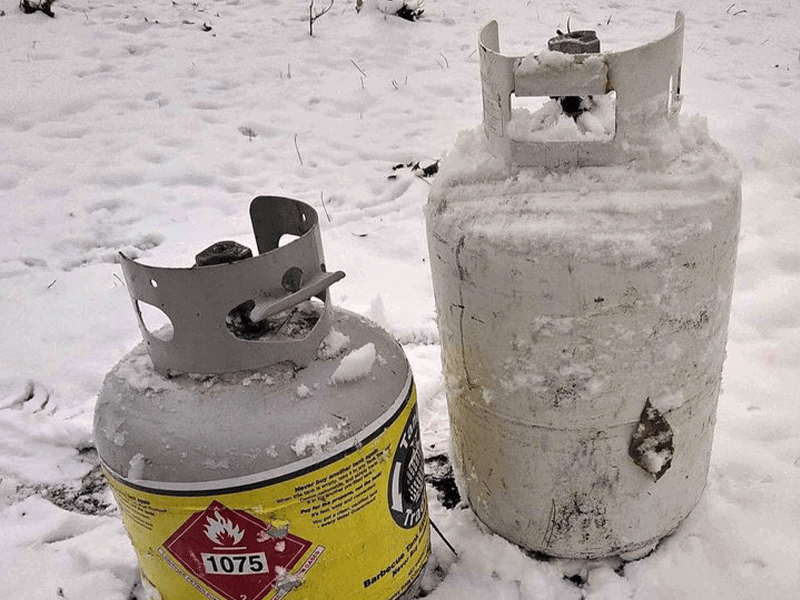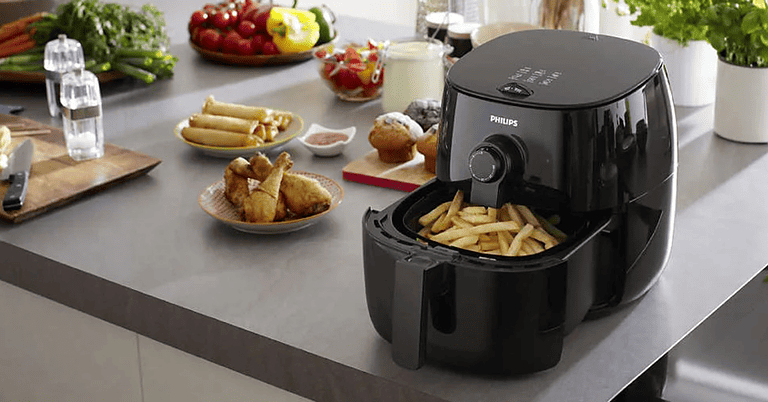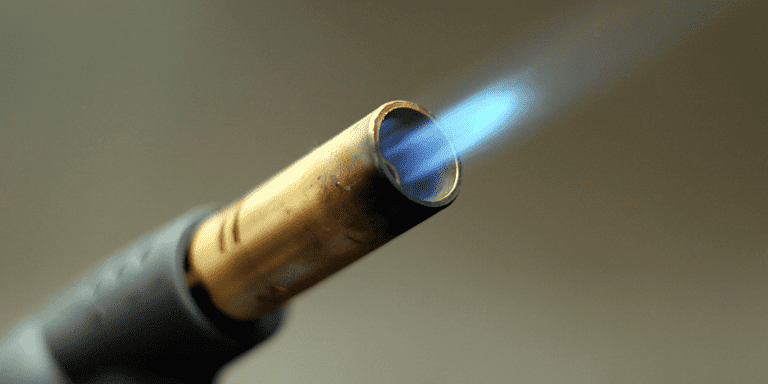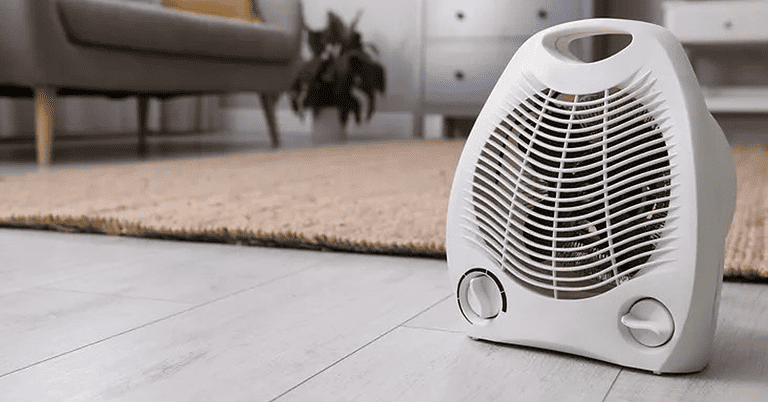Will Propane Tanks Explode From Cold
When wintertime arrives, homeowners, especially RVers, may worry about how portable propane tanks cope with harsh climates. Of course, hot weather has risks, yet can propane tanks fail in the severe cold?
Low pressure in the tank can be brought on by cold temperatures, which may prevent the tank from working. You should try to avoid the effects of extreme weather, which could leave you wondering about the chances of your propane tank exploding.
Propane tanks are extremely unlikely to explode in the cold as they can deal with freezing temperatures. However, you’ll first find that propane won’t flow in cold weather.
At the very least, you need to keep your tank 30% full and try to keep it in a warm condition. In addition, it helps to maintain your propane tank’s accessibility and remove any accumulated snow or ice.
In our guide, you can learn more about, can a propane tank freeze or will propane freeze inside the tank. By the end, you’ll know much more about the condition of propane freezing and how you can help limit this and other risks of your gas during the winter. (Read Overfilled Propane Tank Guide)
Do Propane Tanks Explode If They Get Too Cold?
To avoid explosions and other dangerous circumstances, propane tanks must be handled carefully. In colder temperatures, propane tanks will stop working rather than exploding; resulting from this, you have a tank that is worthless until the tank is warmed.
However, there are things to know about your propane tank and how they are affected by and can affect the surroundings. Colder days during the winter are when propane depletion and a loss of tank pressure can occur.
So, you may ask, can propane tanks freeze? When propane inside your tank runs out, it can no longer perform and needs to be refilled. Also, a drop in temperature causes propane reduction as there is lower tank pressure. Because of this, the tank can’t transform the liquid propane into a gaseous form.
To put it simply, explosions are extremely uncommon in the winter. However, you will need to monitor your tank’s pressure if you want to use a propane tank. On top of this, you’ll need to keep it warm, so the internal temperature is higher than what the propane will freeze.

How to Keep a Propane Tank Safe in the Cold
There are a few methods for keeping propane tanks secure over long periods of cold in the winter. However, keeping your tank at least 30% full when the temperature falls is imperative.
Using a warming blanket is an option to keep it safe. The tank’s coldest safe temperature is -44 F. Therefore; this blanket will help maintain that temperature.
A propane tank can also be buried to keep it safe and warm at all times. Another efficient way to safeguard a propane tank is to use a smaller, insulated frame shelter.
Your best bet is to locate any location where the temperature can be kept above -44 F. The likelihood of it exploding or ceasing to operate increases with the amount of exposure to the cold. Some owners, in a pinch, have used hot water to thaw their tank, although if you have a gas stove, it may not be possible to boil the water in the first place.
How Do I Keep Propane Tanks Safe in the Snow?
When you have a propane tank, snowy weather might be concerning. Although it may eventually contract, propane is unlikely to freeze inside the tank.
Never let snow or ice accumulate on your tank. First, it has to be cleared so any sun can help warm your tank. The pressure inside the tank can be maintained if it is at least 30% full. The tank won’t be able to feed propane to your burner if these steps aren’t completed.
You can also keep the tank safe in the snow by preventing moisture buildup inside the tank. If any moisture forms, you can help by draining the water. (Read What Is Propane Tank Condensation)
Alternative Ways to Keep Your Propane Tank Getting Cold
Although there are many ways to keep gas in a propane tank from becoming too cold in the winter air, they all take time and work. If it gets too cold, a propane tank will cease working.
- One should always remove snow from the tank as soon as one can.
- You may also turn down the temperature in your home when it’s warmer outside or when fewer people are using it to keep the tank from getting too cold.
- It’s also essential to keep the regulator free of snow and ice.
- Giving the tank a pause can give the tank more time to regain pressure.
Why Propane and Water Are Similar?
Water and liquid propane behave similarly when the temperature drops, although they have different boiling points. At sea level, the temperature point of propane is -44 degrees Fahrenheit, which produces propane vapor. In contrast, the boiling point of water is 212 degrees F, which results in water vapor production.
Water does not turn into vapor as the temperature falls below 212 degrees Fahrenheit; it remains liquid. Similar to how less propane boils within the storage tank, resulting in less vapor and a lower pressure when the temperature outside the propane tank falls and approaches -44 degrees F.
Why is Propane Temperature Critical?
As the propane tank pressure inside drops, a heater or other appliances won’t light. At -44 degrees F or lower. Propane remains as a liquid, and produces minimal vapor, thus your propane appliances won’t work.
Propane tanks must be kept above -44 degrees F to safely vent the gas to your appliances. Most regions don’t get that cold, even in winter, but temperatures above -44 degrees F might damage your propane tank.
Propane Delivery in Cold Weather
A tank gauge that displays the amount of propane left in the tank is seen on many propane tanks. Depending on the gauge readings at the start and end, the gauge may show that less propane was delivered than when it was delivered to fill propane tanks in cold weather.
The meters used to gauge the amount of propane delivered do have a volume correction mechanism that considers cold temperatures. Therefore, a precise measurement is achievable in cold and warm temperatures.
If a relief valve is frozen, you could overfill a tank without realizing it.
Cold Weather Problems
Additional safety measures are required when cold temperatures are accompanied by heavy snow and ice. For instance, the propane tank regulators, vents, pipework, and relief valves must be cleared of ice and snow to prevent damage that could result in a gas leak.
Any appliance vents, flues, and chimneys must be clear of ice and snow so gas fumes can vent properly. A flag, pole, or post next to the tank shows its location, making it easy to detect even in heavy snow.
When propane and oxygen are combined, it ignites. If a gas leak is discovered or an appliance fails to ignite, switch off the main gas supply. (Read Can You Lay A Propane Tank On Its Side)
Safety Tips To Avoid Risks Of Explosion
The best way to prevent accidents is to ensure your tank is inside the date stamped on it for its useful life. Besides this, there are ways to use your propane tank, such as:
- Watch your gas grills if you heat them and your gas bottle is too close. High temperatures can cause bleeder valves to open and cause a fire of the liquid propane inside.
- Don’t store propane tanks near open flames, extreme heat, or combustible material.
- Keep gas bottles out of direct sunlight to avoid portable propane tank explosions.
- Don’t store a propane tank next to other tanks being used.
Although propane explosions are rare, they are not something to take lightly.







